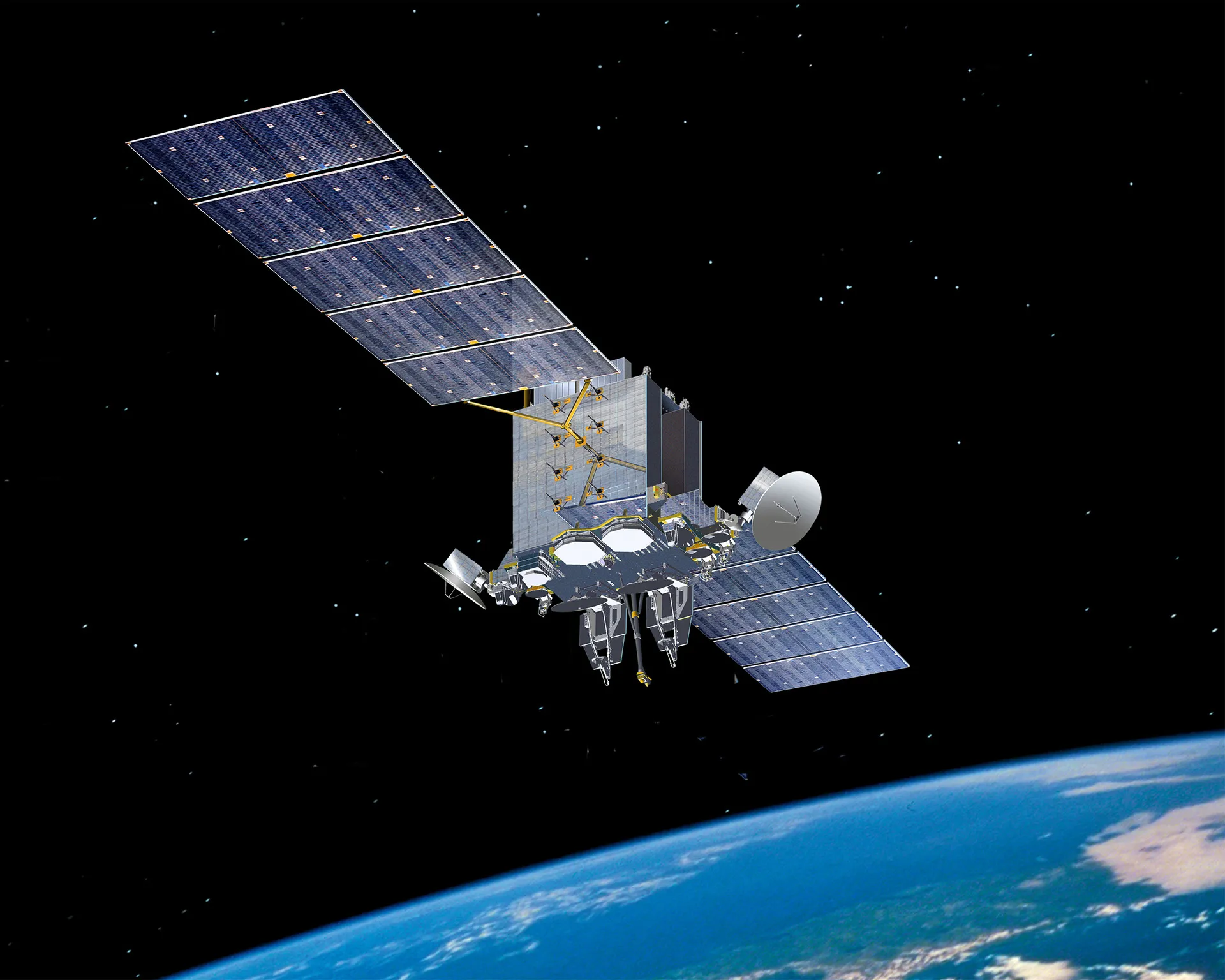



Lockheed Martin is at the forefront of innovation, applying data science to protect our world and explore new frontiers. Their 110,000 employees build advanced technology systems, products and services to help clients in the U.S. Department of Defense (DoD) and international allies complete their missions. To that end, the company leverages artificial intelligence/machine learning (AI/ML) in every area of its organization—from mitigating supply chain risks to analyzing manufacturing defects, reducing unplanned production outages, and building AI-powered pilots.
In alignment with the DoD’s DevSecOps technology strategy1, Lockheed Martin is investing in technologies that facilitate rapid development of secure and resilient AI solutions at scale. This is part of Lockheed Martin’s enterprise-wide digital transformation to support customer missions with greater speed and agility.
Lockheed Martin’s investment in data science yields $20 million in value each year and they’ve recognized 8x return on investment from their data science platform. Their competence in AI and data science means data scientists deliver new innovations faster than they could before. For example, Lockheed Martin’s data science prowess allowed them to build an AI-enabled pilot for the Defense Advanced Research Projects Agency’s (DARPA’s) AlphaDogfight competition2, where they were named the runner up based on their AI-enabled pilot’s ability to outmaneuver a human pilot in simulated air combat.
When Lockheed Martin set out on their digital transformation journey, they identified siloed efforts across the firm’s broad portfolio. With data scientists working in silos, they were individually struggling with many of the same problems and delays, such as gaining access to the infrastructure (including GPUs) and tools they needed to perform research and model development. Lockheed Martin recognized that establishing an enterprise data science strategy would bring standardization to their people, processes and technologies, ultimately leading to efficiency and productivity gains.
The biggest challenge was creating an organizational structure to align access to tools, technologies and knowledge management. They needed to address the following pain points:
The solution was to strategically partner with leaders in AI/ML to ensure Lockheed Martin remained in a position to deliver ground-breaking innovations with speed and at scale. Longtime partnerships with MathWorks and NVIDIA already allowed Lockheed Martin data scientists to develop models and access high-powered computing... but only if/when they could get access.
They set out to find a data science platform that would:
Domino Data Lab met Lockheed Martin’s criteria. The industrial-grade enterprise data science platform aligned with Lockheed Martin’s technology strategy. The data science platform centralized tooling across the enterprise for streamlined collaboration and knowledge sharing, and automated manual DevOps tasks that had hindered data scientists’ productivity. Collaborating with Domino helped maximize the productivity and output of Lockheed Martin’s data science teams.
In addition to implementing Domino’s data science platform, Lockheed Martin led Domino to partner with MathWorks and NVIDIA for a three-pronged solution that offered a holistic, best-in-class environment for data science.
Cross-functional teams are now unified in the open, hybrid cloud platform. Data scientists quickly onboard and independently access shared tools and compute resources in containerized environments.
Lockheed Martin has recognized over $20 million in total annual cost savings from supporting 300 data scientists on its centralized data science platform (Domino), and those savings will incrementally grow as Lockheed continues to support additional users.
These cost savings are attributed to:
Beyond cost savings, the business value of Lockheed Martin’s data science platform investment increases exponentially because of the additional data science capacity. Data scientists can do more. They’ve published 200 web apps. They have bandwidth to solve groundbreaking use cases such as building the aforementioned AI-enabled pilot, improving target recognition capabilities, and creating AI-equipped space capsules3. They’ve also streamlined the development and deployment of deep learning models that mitigate supply chain risk, analyze manufacturing defects and predict maintenance needs.
Lockheed Martin is poised for long-term success. Their data science system is built for scale. They’re "up-leveling" data analysts, software engineers, data engineers and business analysts to become expert data scientists by making the work of the experts more accessible to those learning the discipline. The environment fosters seamless collaboration in a remote-first world spanning teams, lines of business, personas and geographies.